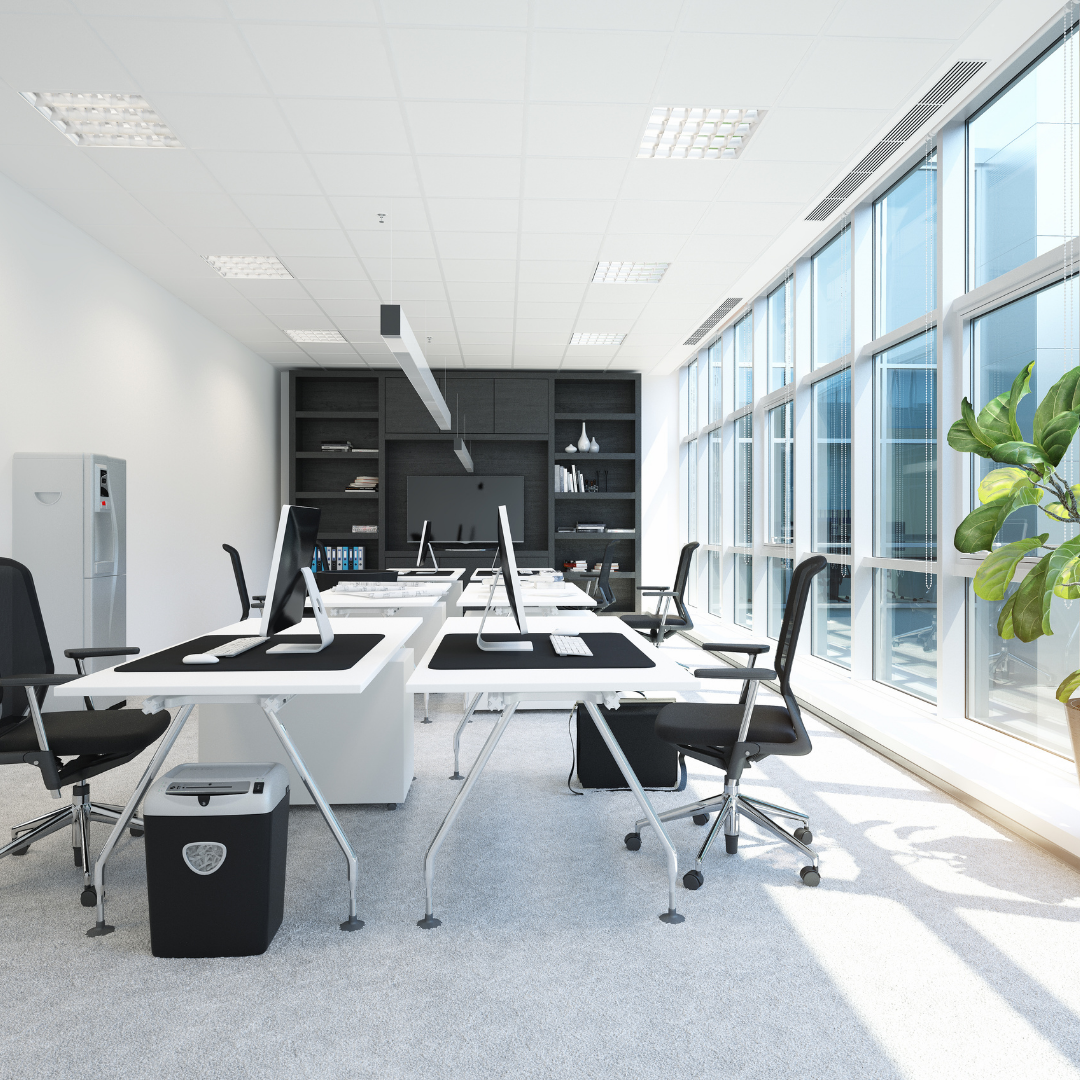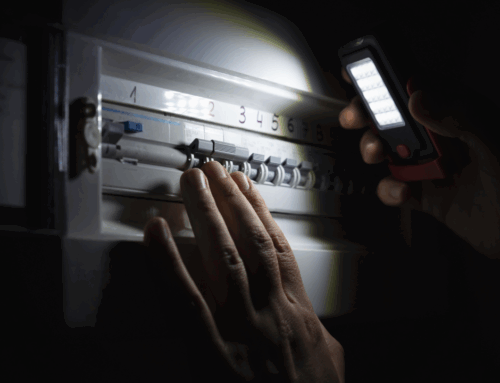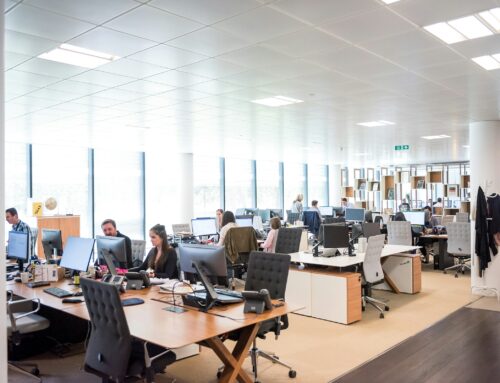When setting up a new office, one of the most crucial elements to consider is the power system. A well-designed power system not only ensures the safety of your employees and equipment but also improves the overall efficiency of your workplace. Whether you’re moving into a new space or designing an office from scratch, understanding how to create a safe and efficient power system is key to avoiding future electrical problems and reducing operational costs. In this article, we’ll discuss essential tips for creating a reliable and safe power system for your new office.
1. Consult with a Professional Commercial Electrician
Before starting any work on your office’s electrical system, it’s essential to consult with a qualified commercial electrician. They will be able to assess the power needs of your office and recommend the right solutions based on your specific requirements. A professional electrician will ensure that all wiring, outlets, and circuit breakers are installed according to local regulations and safety codes, reducing the risk of electrical hazards.
Additionally, they can help you design a power system that is both efficient and scalable, allowing for future upgrades or expansions as your business grows. Relying on an experienced commercial electrician will not only save you time but also provide peace of mind knowing that your power system is set up correctly from the beginning.
2. Assess Your Power Needs
Understanding the power load of your office is critical to designing an effective power system. Different office spaces have varying power needs depending on the number of employees, equipment, and electrical appliances being used. For instance, an office with multiple computers, printers, air conditioning, and kitchen equipment will require more power than a small start-up with only a few employees.
A qualified electrician can help you calculate the overall power load of your office, ensuring that the system can accommodate all of your equipment without overloading the circuits. Overloaded circuits are dangerous and can lead to power surges, outages, and potential fire hazards. Assessing your power needs also helps to ensure that your electrical system is energy-efficient, saving you money on your utility bills.
3. Design a Flexible and Scalable Power System
As your business grows, your electrical needs will likely change. Therefore, designing a flexible and scalable power system is essential. During the planning phase, ensure that your power system can handle any future expansion, whether that involves additional employees, more office equipment, or extra lighting.
One way to future-proof your system is to install a higher-capacity main circuit board, which will allow for the addition of new circuits as needed. Additionally, consider leaving some unallocated spaces in the circuit board for future upgrades, ensuring that your electrical system can evolve with your business.
4. Implement Energy-Efficient Solutions
An efficient power system is not only about meeting your office’s current power demands but also about reducing energy consumption. Implementing energy-efficient solutions in your office will help lower your electricity bills while benefiting the environment.
Start by using energy-efficient lighting, such as LED bulbs, which consume less power and have a longer lifespan than traditional incandescent bulbs. Consider incorporating automated lighting systems that turn off when not in use, helping to conserve energy further. Additionally, energy-efficient appliances, such as fridges, air conditioning units, and office equipment, can also help reduce your overall power consumption.
Another useful energy-saving measure is to install motion sensors in hallways, bathrooms, and other less frequently used areas. These sensors ensure that lights are only on when someone is present, preventing unnecessary energy waste.
5. Ensure Adequate Outlets and Circuit Breakers
An office’s power system must have enough outlets and circuit breakers to accommodate all of the devices and appliances you plan to use. Overloading outlets with multiple power strips can lead to electrical hazards, such as overheating or even fires.
Your electrician will ensure that you have a sufficient number of power points, strategically placed throughout your office for ease of access. They will also ensure that your system is protected by properly sized circuit breakers that can prevent electrical overloads. Be sure to have separate circuits for high-power devices, such as air conditioners, to avoid overloading a single circuit.
6. Install Surge Protection
Power surges can occur due to lightning strikes, electrical faults, or switching operations in the power grid. These surges can cause significant damage to sensitive equipment in your office, such as computers, printers, and networking devices. Installing surge protection devices (SPDs) can help safeguard your office’s power system from these disruptions.
Surge protectors are designed to redirect excess voltage to the ground, preventing it from reaching your office’s electrical equipment. Ensure that SPDs are installed at key points in your electrical system, such as the main distribution board and individual power outlets for high-value equipment.
7. Regular Maintenance and Inspections
After your power system is installed, regular maintenance and inspections are essential to keeping everything running smoothly. Over time, wear and tear can affect the performance of your electrical system, leading to potential hazards or inefficiencies.
A professional electrician can schedule regular checks to ensure that your wiring, circuit breakers, and outlets are in good working order. Periodic inspections can identify problems early on, helping to prevent costly repairs or electrical failures.
Conclusion
Creating a safe and efficient power system for your new office is essential for ensuring the smooth operation of your business. By consulting with a professional commercial electrician, assessing your power needs, designing a scalable system, implementing energy-efficient solutions, and installing proper protection, you can create a reliable and safe electrical environment. Regular maintenance and inspections will also help to keep your system running efficiently for years to come, allowing your business to thrive without the risk of electrical issues.
Investing in a well-designed power system from the outset can save you money, reduce energy consumption, and, most importantly, provide a safe working environment for your em







Leave A Comment